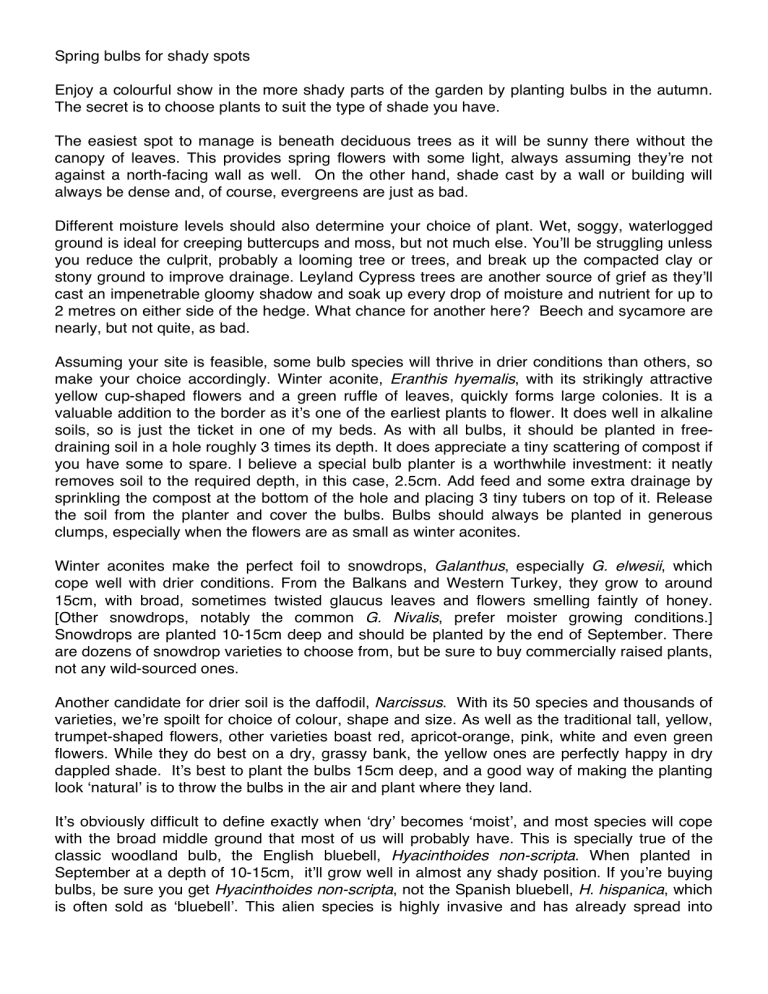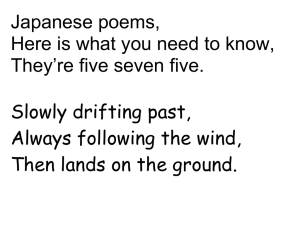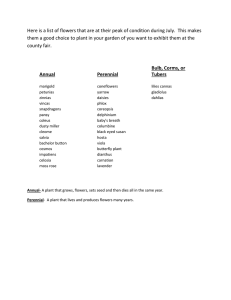Bulbs for shade

Spring bulbs for shady spots
Enjoy a colourful show in the more shady parts of the garden by planting bulbs in the autumn.
The secret is to choose plants to suit the type of shade you have.
The easiest spot to manage is beneath deciduous trees as it will be sunny there without the canopy of leaves. This provides spring flowers with some light, always assuming they ’ re not against a north-facing wall as well. On the other hand, shade cast by a wall or building will always be dense and, of course, evergreens are just as bad.
Different moisture levels should also determine your choice of plant. Wet, soggy, waterlogged ground is ideal for creeping buttercups and moss, but not much else. You ’ ll be struggling unless you reduce the culprit, probably a looming tree or trees, and break up the compacted clay or stony ground to improve drainage. Leyland Cypress trees are another source of grief as they ’ ll cast an impenetrable gloomy shadow and soak up every drop of moisture and nutrient for up to
2 metres on either side of the hedge. What chance for another here? Beech and sycamore are nearly, but not quite, as bad.
Assuming your site is feasible, some bulb species will thrive in drier conditions than others, so make your choice accordingly. Winter aconite, Eranthis hyemalis , with its strikingly attractive yellow cup-shaped flowers and a green ruffle of leaves, quickly forms large colonies. It is a valuable addition to the border as it ’ s one of the earliest plants to flower. It does well in alkaline soils, so is just the ticket in one of my beds. As with all bulbs, it should be planted in freedraining soil in a hole roughly 3 times its depth. It does appreciate a tiny scattering of compost if you have some to spare. I believe a special bulb planter is a worthwhile investment: it neatly removes soil to the required depth, in this case, 2.5cm. Add feed and some extra drainage by sprinkling the compost at the bottom of the hole and placing 3 tiny tubers on top of it. Release the soil from the planter and cover the bulbs. Bulbs should always be planted in generous clumps, especially when the flowers are as small as winter aconites.
Winter aconites make the perfect foil to snowdrops, Galanthus , especially G. elwesii , which cope well with drier conditions. From the Balkans and Western Turkey, they grow to around
15cm, with broad, sometimes twisted glaucus leaves and flowers smelling faintly of honey.
[Other snowdrops, notably the common G. Nivalis , prefer moister growing conditions.]
Snowdrops are planted 10-15cm deep and should be planted by the end of September. There are dozens of snowdrop varieties to choose from, but be sure to buy commercially raised plants, not any wild-sourced ones.
Another candidate for drier soil is the daffodil, Narcissus . With its 50 species and thousands of varieties, we ’ re spoilt for choice of colour, shape and size. As well as the traditional tall, yellow, trumpet-shaped flowers, other varieties boast red, apricot-orange, pink, white and even green flowers. While they do best on a dry, grassy bank, the yellow ones are perfectly happy in dry dappled shade. It ’ s best to plant the bulbs 15cm deep, and a good way of making the planting look ‘ natural ’ is to throw the bulbs in the air and plant where they land.
It ’ s obviously difficult to define exactly when ‘ dry ’ becomes ‘ moist ’ , and most species will cope with the broad middle ground that most of us will probably have. This is specially true of the classic woodland bulb, the English bluebell, Hyacinthoides non-scripta . When planted in
September at a depth of 10-15cm, it ’ ll grow well in almost any shady position. If you ’ re buying bulbs, be sure you get Hyacinthoides non-scripta , not the Spanish bluebell, H. hispanica , which is often sold as ‘ bluebell ’ . This alien species is highly invasive and has already spread into
woods, hybridising, and so threatening the native species. Check you ’ re being given the right plant.
Another, and, in my book, perfect candidate for a damp, partially shady spot is the Martagon lilly, L. martagon . Over the years, it ’ s gradually formed an impressive, tall clump in my ‘ White
Bed ’ at the bottom of the garden, sheltering beneath an elm close to the burn. My collection of white flowers works well, adding a light touch to such a dark part of the garden. Pink and purple martagons are also available and should be planted 15-20cm deep.
A much smaller resident of the White Bed is Dog ’ s-tooth violet, Erythronium dens-canis . Despite having rather unattractive bronze-marbled leaves, the pretty flowers with their swept back petals make an eye-catching carpet. Dog ’ s-tooth also comes with pink and lilac flowers and will thrive in any shady spot, provided it gets some sun in the spring. This specimen should be planted in
September, 10cm deep.
Whatever your selection, let spring bulbs cheer up these shadier neuks.





